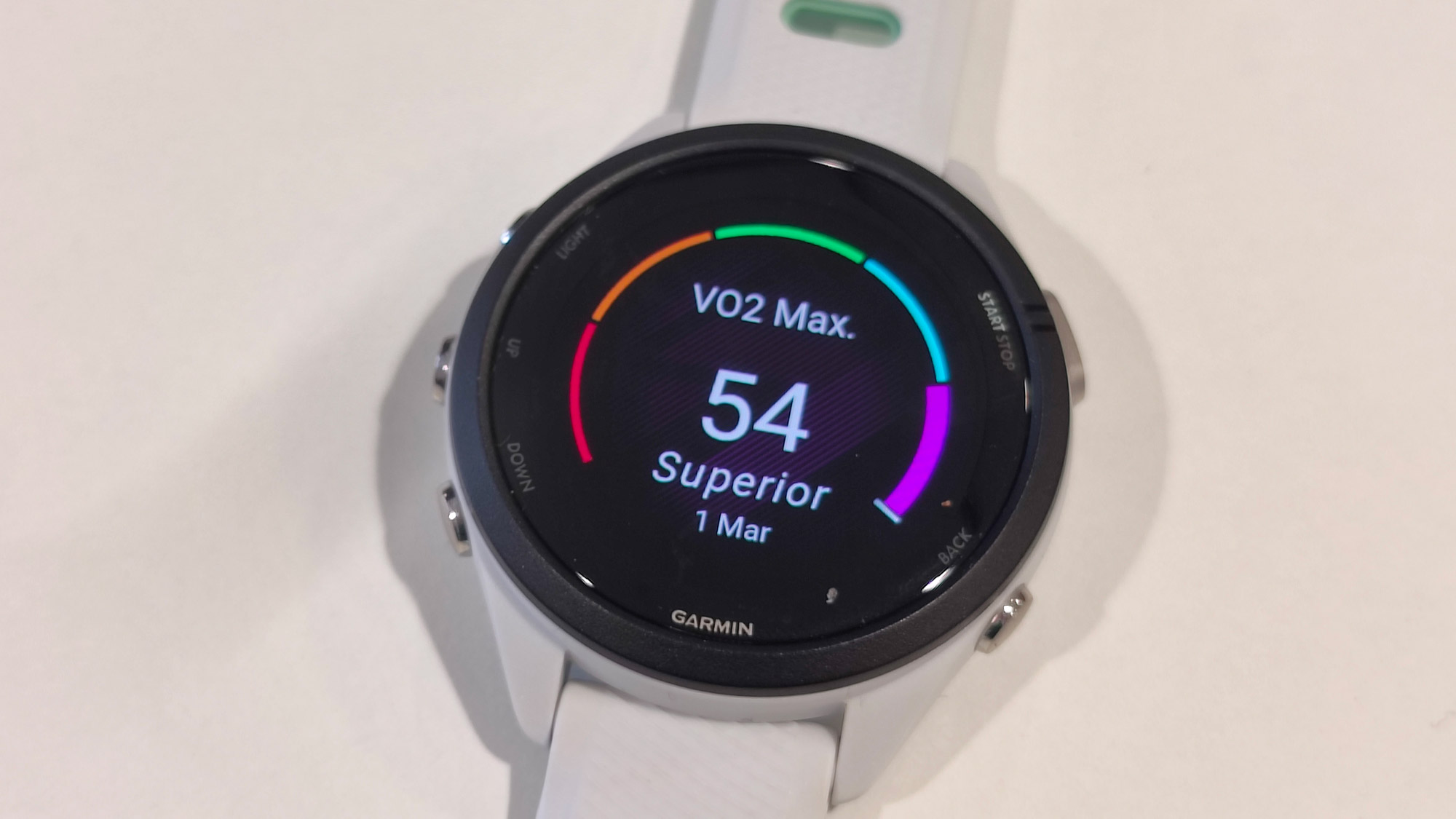
I thought I always hated sprinting. My happy place – or happy pace, if you will – was a long, slow run in nature with a podcast in my ears, a time for me to destress and unwind. Sprinting looked way too stressful, and I’d never really considered it as a training option. However, after Garmin served me up a workout recommendation, I decided to deviate from my training plan to try something new – and I’ve had to rethink everything I thought I knew about running.
I’m currently testing the Garmin Forerunner 265 to see if it’s worthy of inclusion in our best Garmin watch list. One of the 265’s best features is the Morning Report, a daily digest of sleep and recovery information, along with a weather forecast and Garmin’s recommended running workout for the day. At the time of writing, I’m two weeks away from my first marathon, so I’m currently tapering off my mileage and getting my last few runs in before the big day.
On this particular morning, I got up early to run before work. I usually discard the daily recommendation and just start recording a run ad-hoc, but the Morning Report recommended me a 51-minute sprinting session. I was about to exit the option as usual, but suddenly, an errant thought crept its way into my brain – the same thought that made me sign up for the stupid race in the first place. That thought was “Why not?”
After all, my hard training and long mileage runs were all done. It might be a good way to squeeze a bit more anaerobic fitness work into the short amount of time I had left. I dimly half-remembered some article I once read about the benefits of changing up your regular training, so I accessed the recommended workout and waited for the GPS to fire up.
Garmin’s recommended workouts operate on a simple principle: onscreen you see a timer, which could be a 15-minute warmup run, a 10-second sprint, or a two-minute rest period. Once the timer has elapsed (or you hit the skip button), you start the next phase of your workout. The Forerunner’s readout also gives me recommended speeds to try and hit.

“Hah!” I thought to myself. “Recommended speeds? Way to try and gamify my workout, Garmin. Not falling for that.”
Spoiler: I fell for that. Despite the fact sprinting was the antithesis of the way I normally like to work out, I felt the early-morning rush of adrenaline as my workout playlist throbbed in my best running headphones, a cheap pair of Ankers, and I pounded the pavement around my local green in my Saucony Ride 15s. I didn’t even make it all the way through the rest periods: I found myself skipping forward after the first minute as I felt three minutes was far too generous.
After the 15-minute warm-up and 10-minute cooldown runs, with nine 10-second sprint sessions in between, I was straining to hit my target speeds and I had a decent sweat on. The workout was over in around 40 minutes, leaving me enough time to shower, change and get to my desk in time for work. I had just completed my first high-intensity interval training session in a while, and after scoffing at it for ages, I found that I actually enjoyed it.
Research shows that interval training “induces numerous physiological adaptations that improve exercise capacity (maximal oxygen uptake, aerobic endurance, anaerobic capacity, etc.) and metabolic health”. In short mixing in a bit of interval training with your regular exercise can provide lots of benefits in a very short period of training time. Even though I knew this, I never really got on board with intervals because I always had it in my mind that I didn’t enjoy them.
I don’t know what grates on me more: that I actually like sprinting now, that I should have been doing more sprint training in the lead-up to this marathon, or that it was my watch that told me to do it, and I followed its instructions like a good little sheep.
Damn you, Garmin. You’re right again, and I hate you for it.







